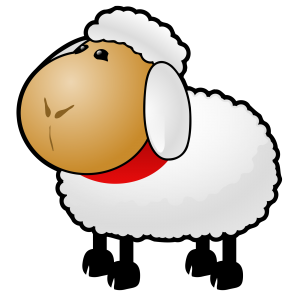
Introduction
Many of us parents think that nursery rhymes are only good just for entertaining our young children. Rather, it’s driving for a long time on the road or trying to keep children quiet while being occupied with cooking or other obligations, many of us think that nursery rhymes are only good for such reasons. Nevertheless, nursery rhymes are a lot more beneficial than that.
Language Development
One benefit of nursery rhymes is the development of the baby’s language skills. Babies can learn language patterns before they can even speak when using nursery rhymes. Also, the rhythm assists with the child’s cognitive skills by him/her memorizing the tunes and words which is definitely required for children to learn to read. Rhymes, such as “Baa Baa Black Sheep youtube“, also assist children with early storytelling.
Other Benefits of Rhyming
Other benefits of nursery rhymes for children include the following:
- Social Interaction– bounding can be done between the parent and the child and the child and others which are important while working with children and they work with one another in the classroom, learn how to act with others, and so forth.
- Physical Actions– physical activity is always great, and it is done by dancing with nursery rhymes. Cognitive and motor skills are developed when children do a nursery rhyme lesson, such as using the hand motion to the “Incy Winky Spider, and more.
The History of Baa, Baa, Black Sheep
This English song began in 173l. The original version of this song is similar to the current version with the following exceptions: Instead of saying, “yes, sir, three bags full”, you will say, “yes, merry I have”. Also, instead of saying, “one for my master, one for my dame, and one for the little boy who lives down the lane”, it was “two for my master, one for my dame, and none for the little boy that cries in the lane.”
Baa Baa Black Sheep was first published in 1765 in Mother Goose’s Melody, and its first printing occurred in 1744, in the Tommy Thumb’s Pretty Songbook. However, the word “that” was changed to “who” in Mother Goose’s Melody for the lyrics, “…the little boy who cries in the lane, instead of “…that cries in the lane”.
Different speculations are also mentioned about the theme of the song, but none of them are proven. One speculation is that the song was in correlation to the slave trades of wool among the French. Another speculation from Katherine Elwes Thomas, from the Mother Goose’s The Real Personages, is that resentment is shown against the severe taxation of wool around 1275 in medieval English. The meaning of the song has also been recently connected to the slave trade in the southern US. And once again, this too hasn’t been proven.